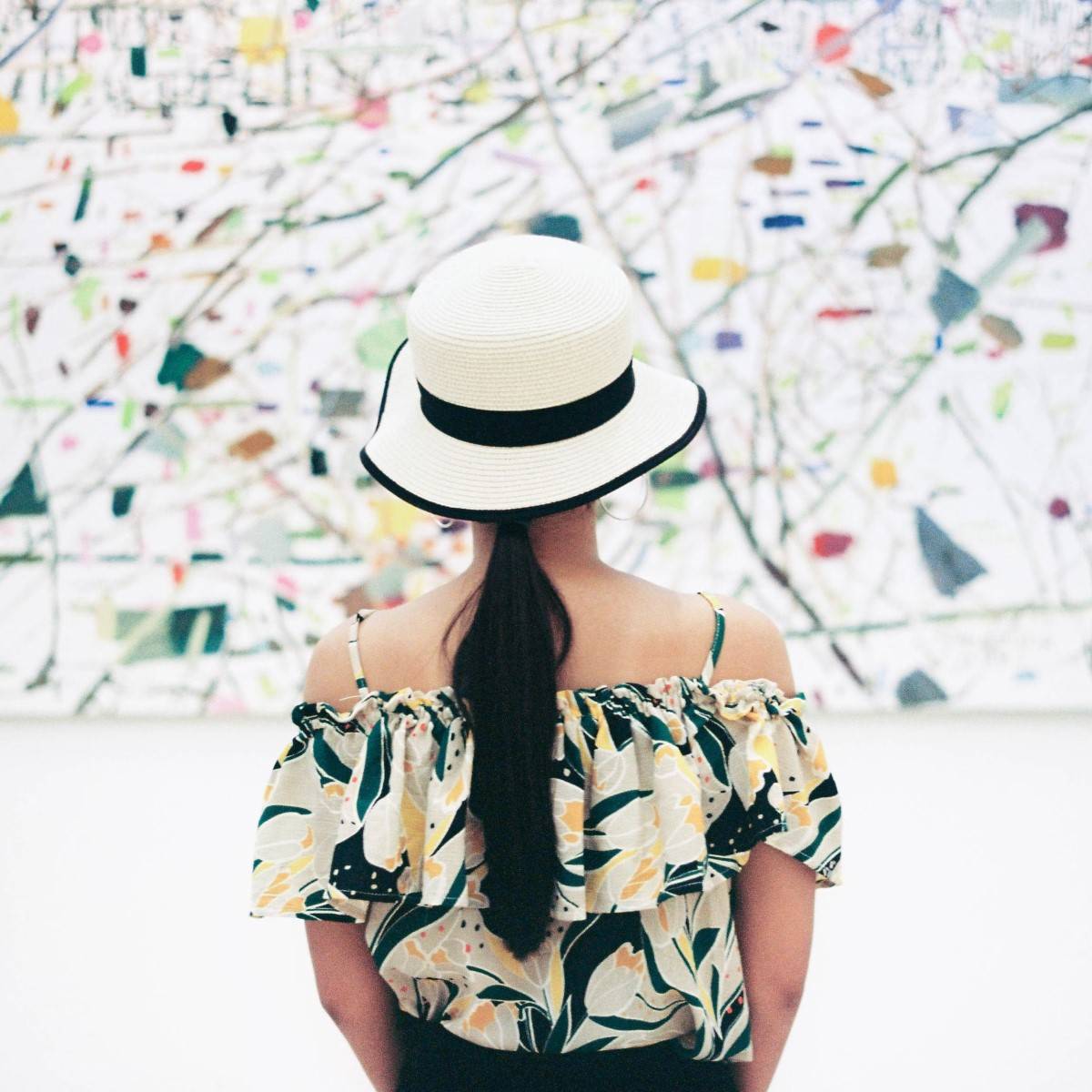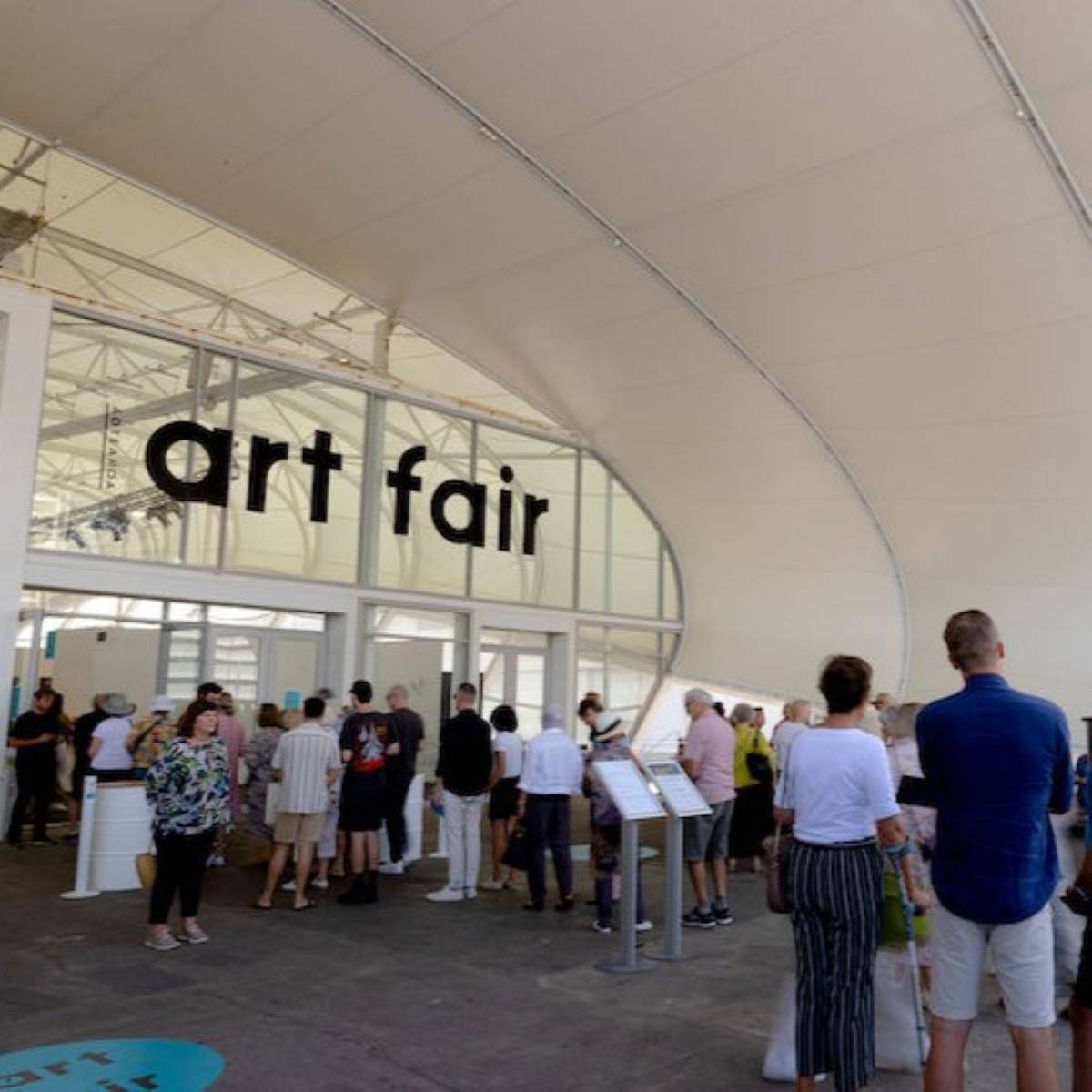With All Due Respect: Money Mad
The idea of art as investment is not new, but is it time for the artworld to reckon with its continuing illusions of virtue?
Words: Ingrid Periz
Late in 2022 Gagosian Gallery announced the formation of a new 20-member board of directors, eight from within the Gagosian enterprise and 12 external members, among them filmmaker Sofia Coppola and J. Tomilson Hill, hedge fund manager and gallery customer since the 1990s. The board’s job was, “to provide strategic insight and guidance” for an empire stretched across 19 locations worldwide and headed by a vigorous septuagenarian who has no heirs. Larry Gagosian is not about to retire, and Gagosian’s 2022 press release gave no inkling of succession plans, but perhaps it’s not too early to begin thinking of the mega dealer’s legacy.
In Boom: Mad Money, Mega Dealers, and the Rise of Contemporary Art, 2019, Michael Shnayerson writes there are two kinds of dealers, those focused on artists and those who serve collectors. Matthew Marks and Leo Castelli, who paid their artists stipends regardless of what they did or didn’t sell, belong in the first group; Gagosian, who began with collectors because he had a dearth of artists, is firmly in the second. Gagosian Galleries now represents some 100-plus artists but its founder has said an artist needs to show a particular sales metric before he’s interested in representing them. Shnayerson calls him “buyer centric” and notes Gagosian’s business model has freed many big time dealers from nurturing new talent. It’s also helped transform what the shape of an artistic career might look like. Defection to Gagosian, sometimes after decades with a smaller dealer, makes artists appear craven, and cuts against the popular romantic conception of artistic motivation.
Gagosian made his name in the early 1980s by energetically working the secondary market, knowing where important work was held, and aggressively pursuing buyers and sellers, sometimes before the latter knew their work had a ready buyer. He’s a master of the cold call and his knowledge of who-owned-what was helped by his friendship with Castelli, the dealer who had frequently first sold the works in question. Gagosian is also known to have surreptitiously photographed clients’ collections when visiting their homes. He makes repeat commissions, repeatedly. Having helped media baron S.I. Newhouse and his wife assemble their collection of contemporary art, he then sold parts of it to entertainment mogul David Geffen and represented both parties in this transaction. As museums rarely deaccession work, Gagosian reportedly does not like selling to them: they offer no opportunity for a re-sale.
A recent New Yorker profile on Gagosian revealed him to be a student of the great British dealer and tastemaker Joseph Duveen. More than a hundred years ago, Duveen lived large and commanded grand commercial galleries while scouring England and Europe for works for newly and staggeringly wealthy Americans such as Andrew Mellon, J. P. Morgan, Henry Clay Frick, and Benjamin Altman. He used bribes and spies to obtain information on the whereabouts of work, the financial situation of owners, and the predilections of collectors. And rather than obey the older dealer maxim of buy low, sell high, Duveen held that high prices engendered higher prices. (He once bought and re-sold a Rembrandt three times; the work is now in New York’s Metropolitan Museum of Art.)
Duveen understood that the big men who were his plutocrat clients, “wanted to encounter other big men” – the phrase is from one of his biographers – when entering his gallery. Gagosian, with multiple homes, a 60 million dollar jet, a billion dollar private collection, and a business that deserves the epithet “mega” needs no pretence. Shnayerson cites gallerist Irving Blum’s description of Gagosian’s clientele, “a swaggering group of high net-worth, high testosterone captains of finance,” a group to which the equally swaggering dealer sells more than simply art. Or rather, he sells what art has become: a speculative instrument bearing the possibility if not the promise of future value where, in another echo of Duveen, the more you pay the more you are likely to make.
The idea of art as investment is not new. Philip Hook, with pedigrees from Christie’s and Sotheby’s, notes that it was already well established by the second half of the 19th century and that the investment producing the best return at the time was contemporary art. As he writes in Rogues’ Gallery, his 2017 history of art dealing, bidding up to maintain or inflate prices is not new either and cites the example of famed Impressionist dealer Paul Durand-Ruel using auctions to boost the price of work by Millet in 1872. (To bid up, a dealer or their representative secretly secures a work at auction by making the highest bid. The work remains available, often returning directly to the dealer, and as a result of the price achieved at auction its value has increased. Gagosian is scarcely the only artworld player to be linked to this practice.)
Gagosian can’t be held solely responsible for turning art into an asset, even if he’s been more successful at it than any other dealer. He benefited from his business coming of age at a time when very wealthy Americans began compiling collections of credentialed contemporary art. More recently, he’s sold work to the now EU-sanctioned Russian oligarch Roman Abramovich – gallery policy changed after Russia invaded Ukraine – and when pressed about sales to possibly unsavory clients in the recent New Yorker profile, he is reported to have said, “If the money is correct, if the transaction is correct, I’m not going to be a moral judge.” In a business awash with money and secrecy, yet beholden to notions of art’s higher values, this kind of bluntness can seem shocking. It might begin a necessary reckoning with the artworld’s continuing illusions of virtue.
Photo courtesy: Allef Vinicius, Unsplash.
This article was originally published in Art Collector issue 106, October to December 2023.







